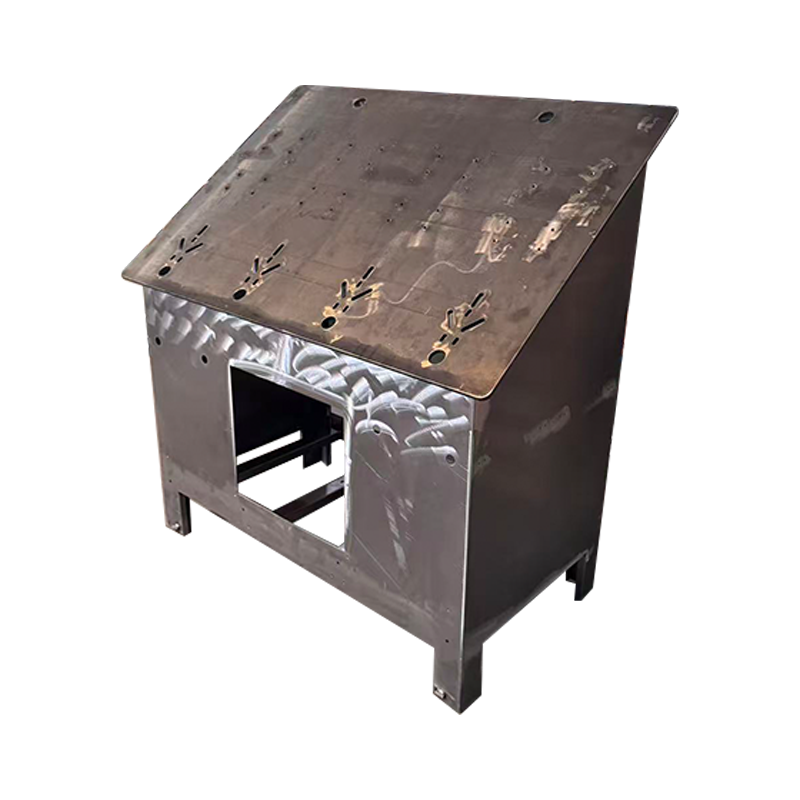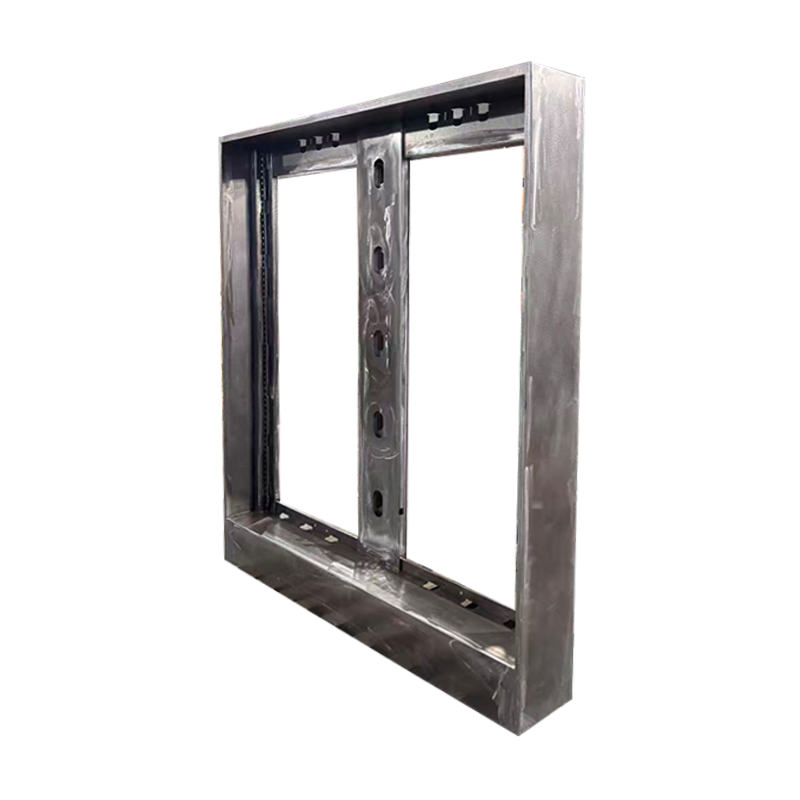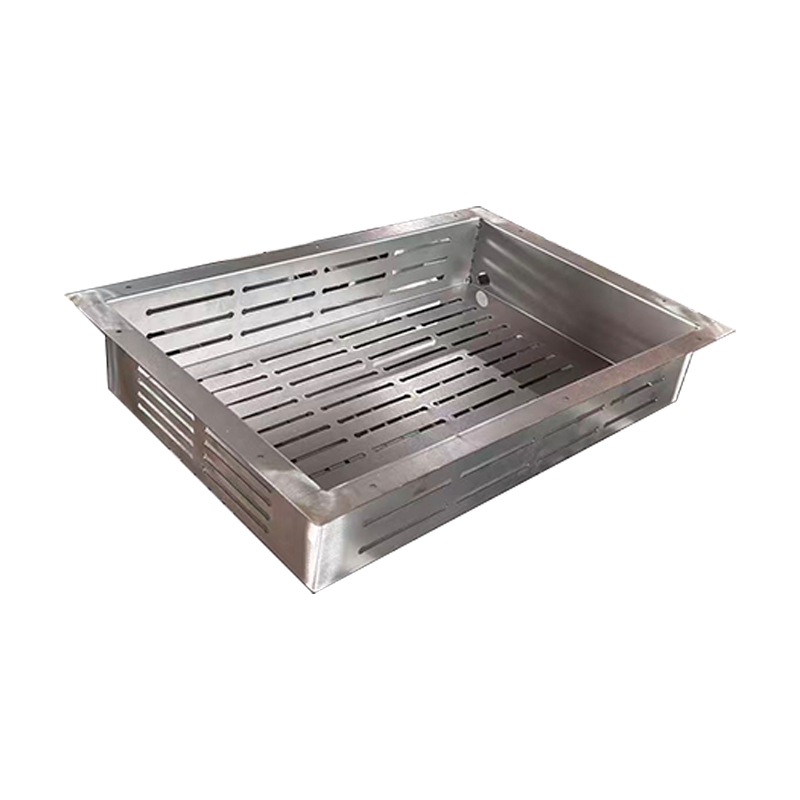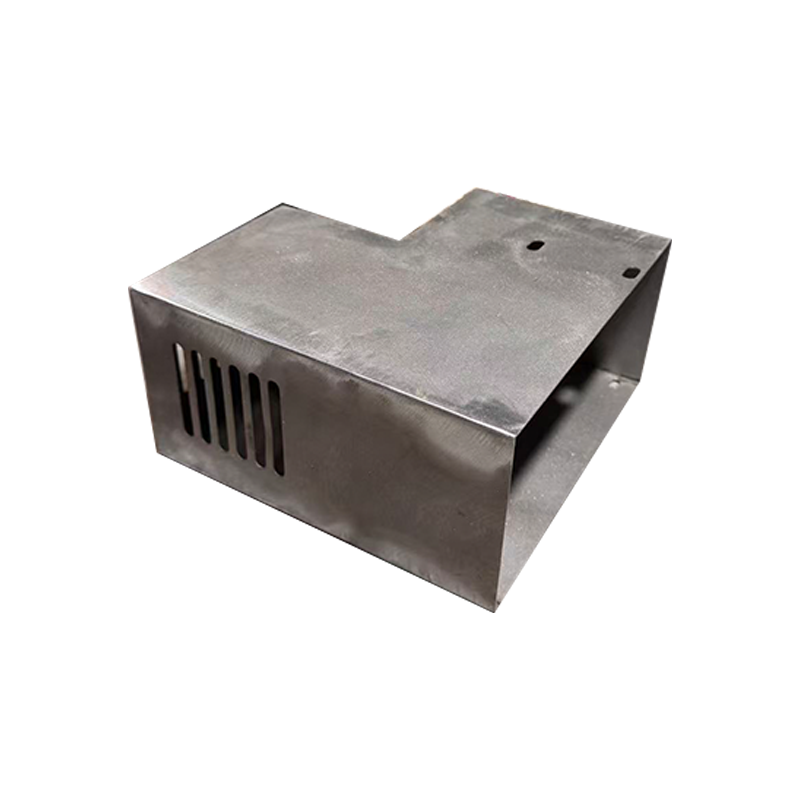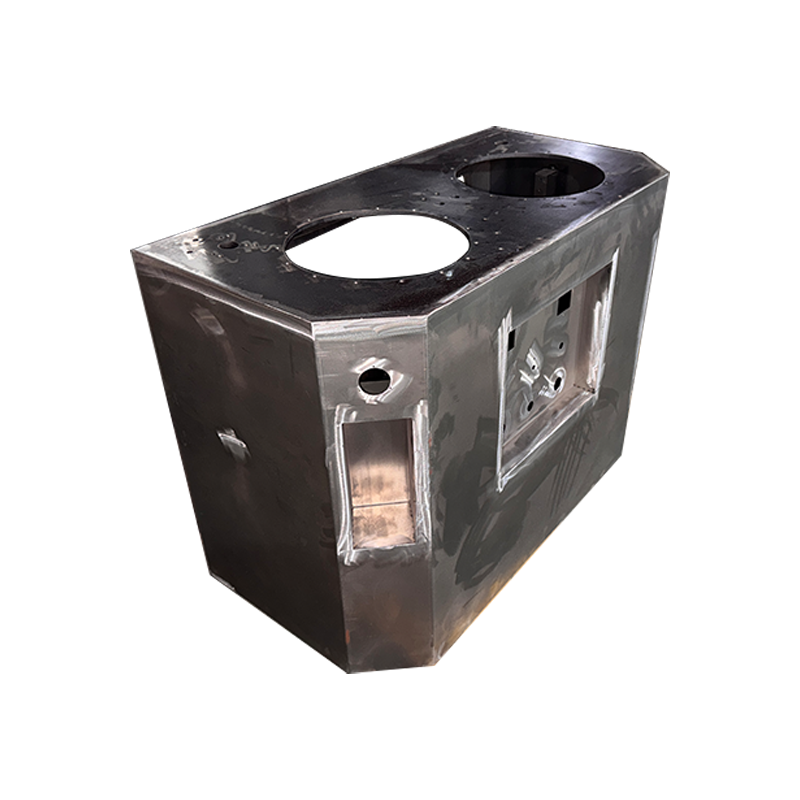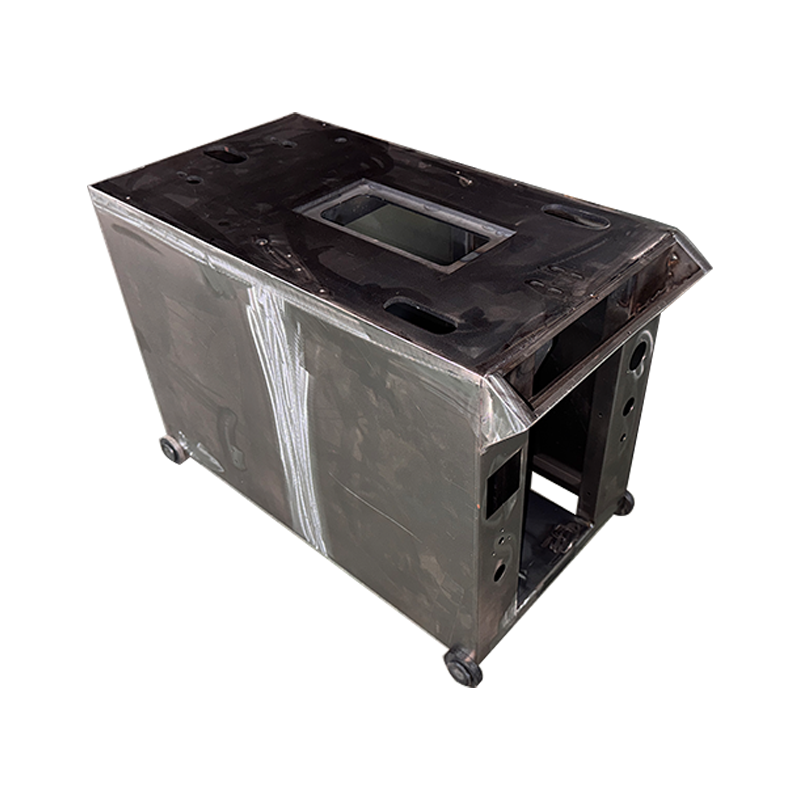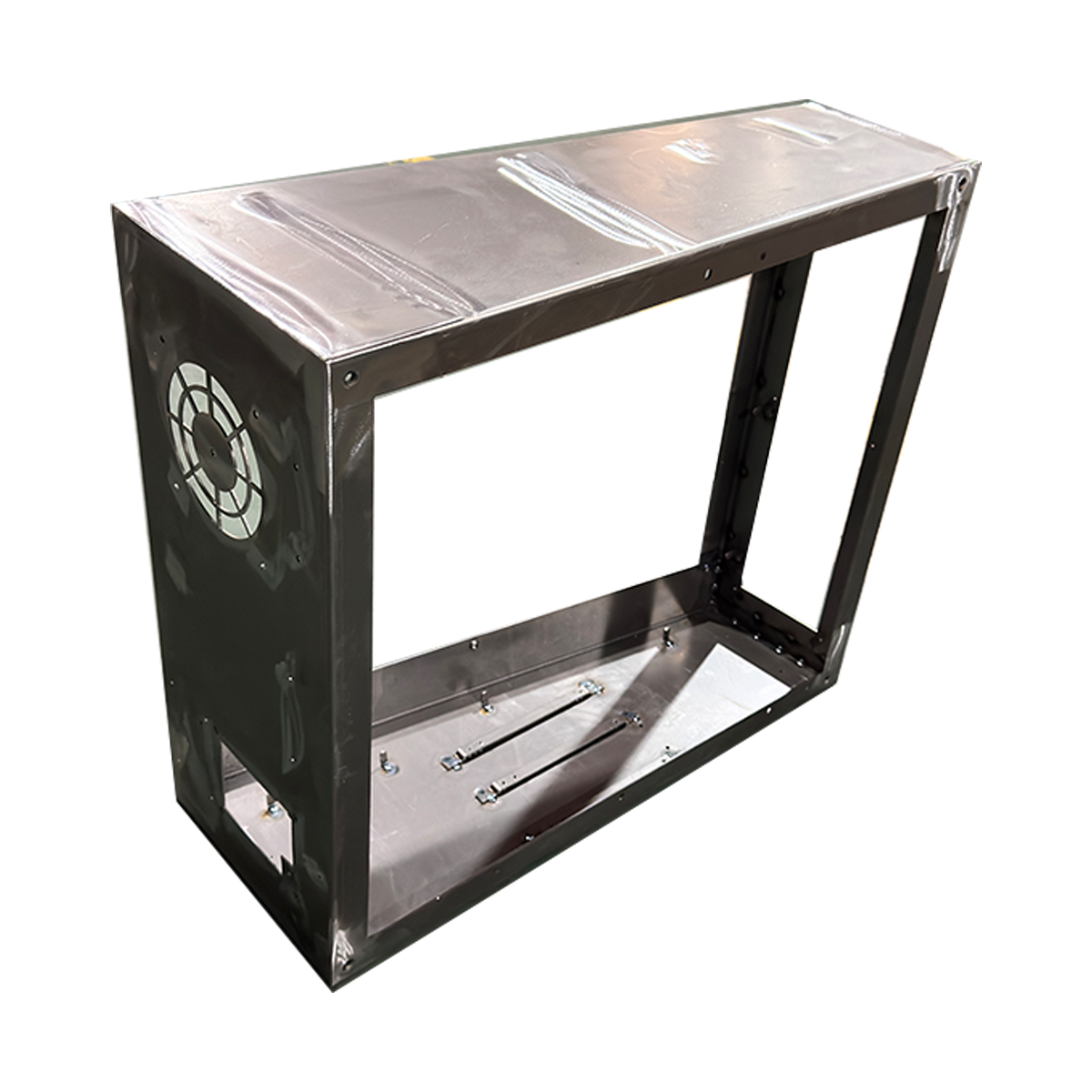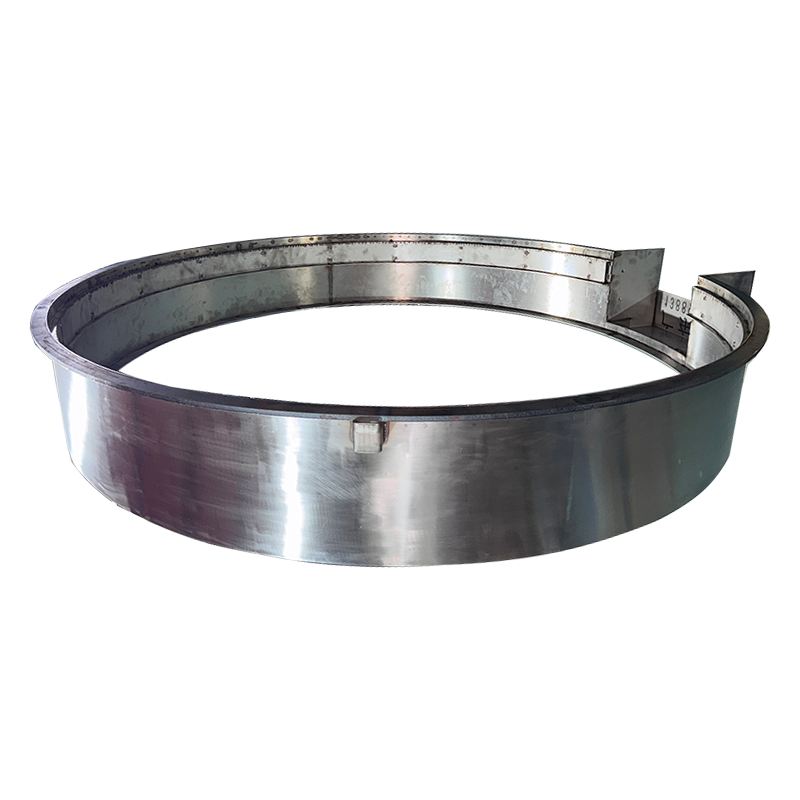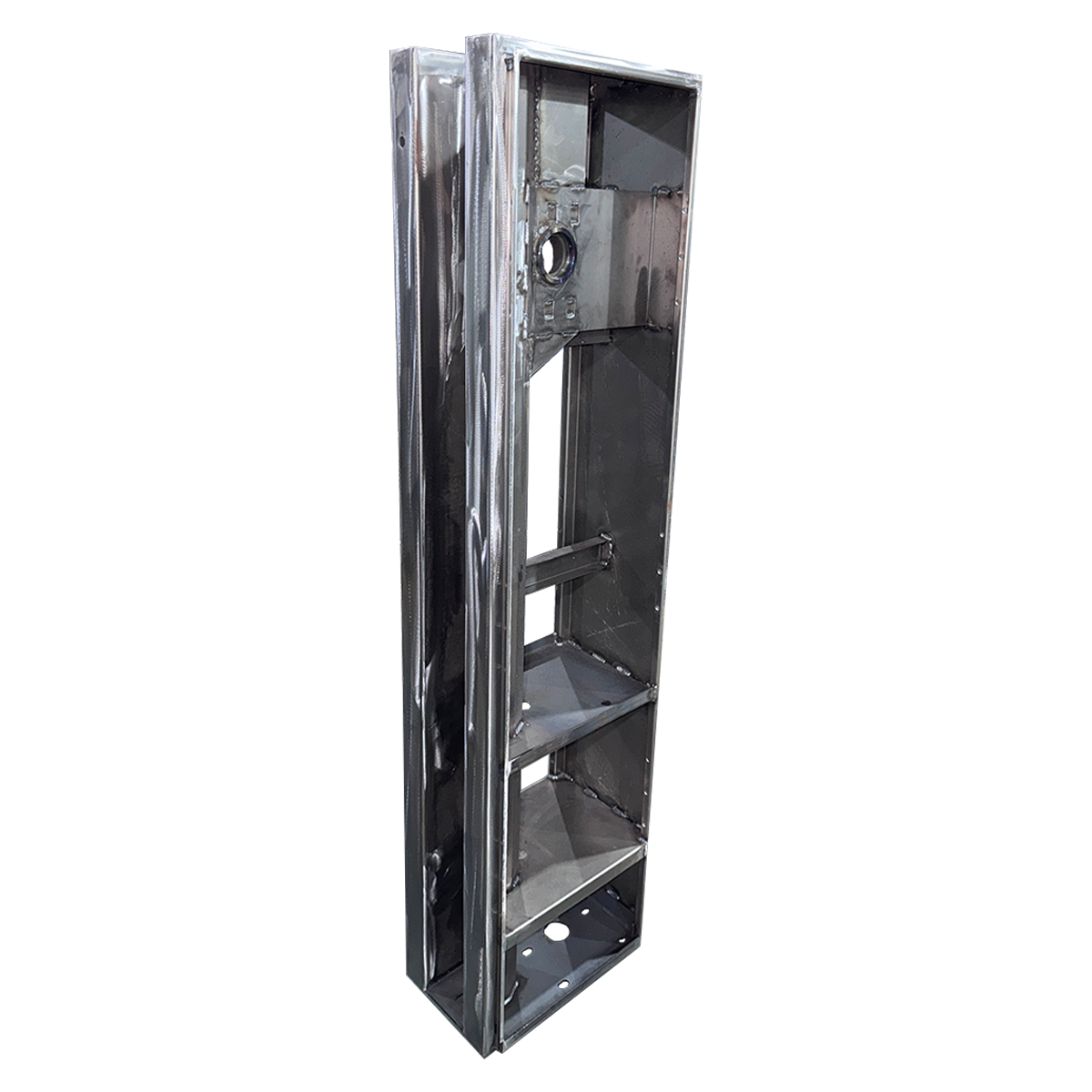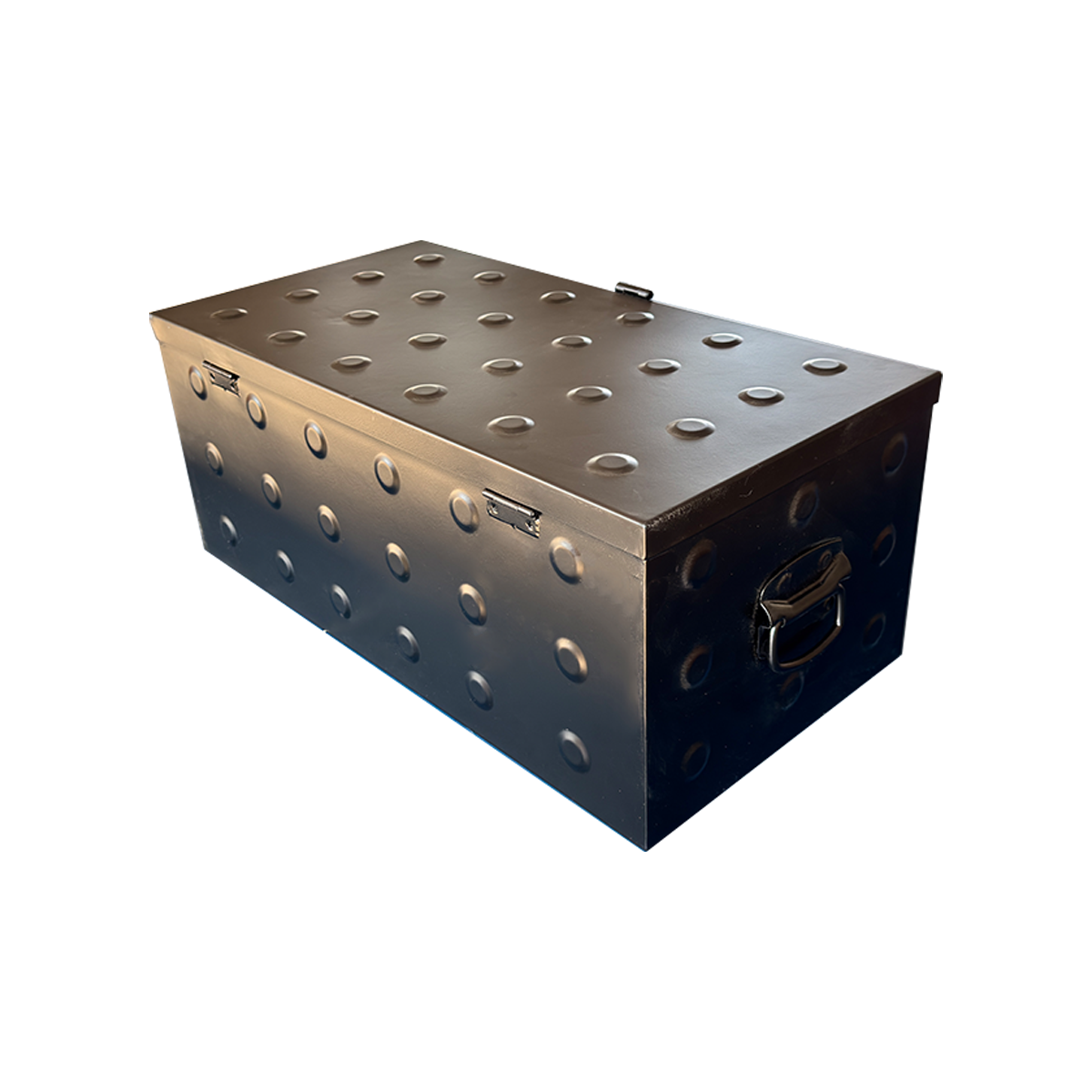While metal furniture, including metal cabinets, metal storage lockers, locking metal cabinets, tall metal cabinets, and metal office cabinets, offers numerous advantages such as durability and security, it is not without its drawbacks. Understanding these disadvantages can help consumers make more informed decisions when choosing furniture for their homes, offices, or other spaces.metal cabinetsmetal cabinetsmetal storage lockermetal storage lockermetal storage lockermetal storage lockermetal storage lockerlocking metal cabinetlocking metal cabinetlocking metal cabinetlocking metal cabinetlocking metal cabinettall metal cabinet
One of the most notable drawbacks of metal furniture is its weight. Metal cabinets, especially tall metal cabinets, are often significantly heavier than their wooden or plastic counterparts. This makes them difficult to move and reposition, which can be a major inconvenience, especially during office renovations or when rearranging furniture. The heavy weight also increases the risk of injury if the furniture is not handled properly during transportation or installation.tall metal cabinettall metal cabinettall metal cabinettall metal cabinettall metal cabinet
Another issue with metal furniture is its cold and hard texture. Unlike wood, which has a warm and natural feel, metal can feel uncomfortable to the touch, especially in colder environments. This can be a problem for furniture pieces that are frequently used, such as office chairs or metal storage lockers where users might lean or rest against them. Additionally, the hard surface of metal can be unforgiving if someone accidentally bumps into it, potentially causing bruises or other injuries.metal office cabinetmetal office cabinetmetal office cabinetmetal office cabinetmetal office cabinet
Metal furniture is also highly sensitive to temperature changes. In hot weather, metal can heat up quickly, making it uncomfortable to use. For example, a metal office cabinet in a sunlit room can become too hot to touch, and items stored inside may be affected by the heat. Conversely, in cold conditions, metal becomes extremely cold, which can be unpleasant for users, especially in areas with frigid winters.
The surface of metal furniture is prone to scratching and denting. Even a small impact or the movement of sharp objects can leave visible marks on metal cabinets or lockers. These scratches not only detract from the aesthetic appeal of the furniture but can also expose the metal underneath, increasing the risk of rust and corrosion over time, especially if the furniture is used in a humid environment.
In terms of cost, metal furniture, particularly high - quality locking metal cabinets with advanced security features, can be relatively expensive compared to other materials. The initial investment required to purchase metal furniture might be a deterrent for some consumers, especially those on a tight budget. Moreover, if damaged, repairing metal furniture can also be costly, often requiring professional assistance.
Finally, although metal is recyclable, the production process of metal furniture can have a significant environmental impact. The extraction and processing of metals consume large amounts of energy and resources, and the manufacturing process may release pollutants into the environment.
In conclusion, while metal furniture offers strength, durability, and security, it has several disadvantages that should be considered. These include its heavy weight, cold and hard texture, sensitivity to temperature changes, susceptibility to scratching and denting, relatively high cost, and potential environmental impact during production. By being aware of these drawbacks, consumers can better evaluate whether metal furniture is the right choice for their specific needs and circumstances.


